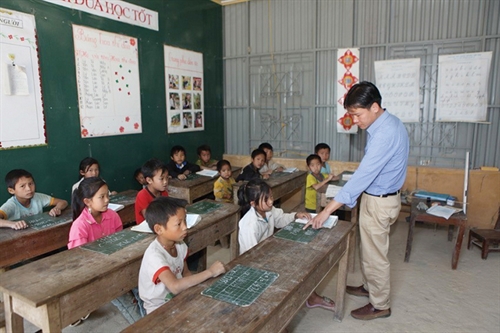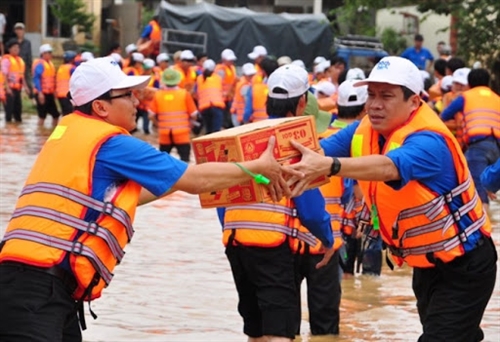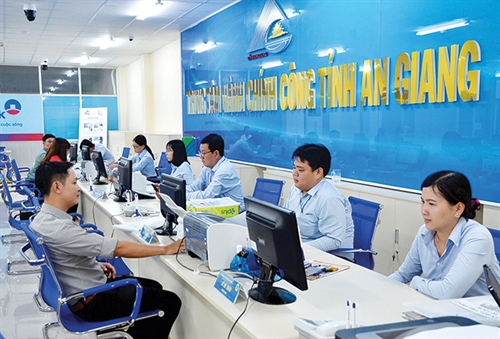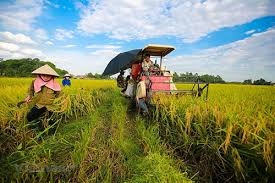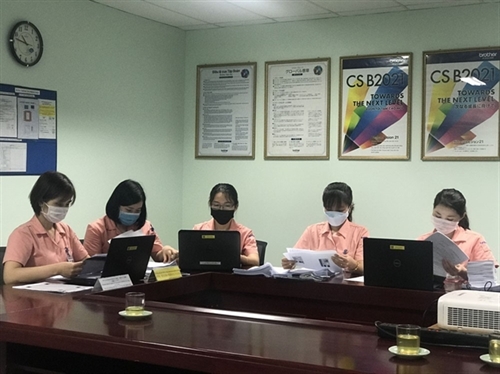The Government on May 6 issued Decree 53 prescribing environmental protection charge for wastewater, which replaces Decree 154 of 2016.
Under the new regulation, liable to environmental protection charge are those discharging industrial wastewater into permitted receiving sources or discharging domestic wastewater into public drainage systems, except those entitled to charge exemption.
 |
| A coffee wastewater tank built up to environmental standards in Son La province__Photo: Huu Quyet/VNA |
From January 2021, production and processing establishments that have a daily volume of wastewater to be discharged into the environment of between 10 m3 and under 20 m3 will have to pay an environmental protection charge of VND 4 million per year.
In 2020, the rate of VND 1.5 million per year is applied to establishments discharging an average wastewater volume of under 20 m3 per day in a year.
Those with a daily wastewater volume of 5 to under 10 m3 will be charged VND 3 million per year, and those discharging under 5 m3 of wastewater per day will face a charge of VND 2.5 million per year.
Those discharging a daily volume of wastewater of 20 m3 or more will have to pay a fixed fee amount of VND 4 million per year and an additional charge depending on environmental pollutants contained in their discharged wastewater.
In case organizations, households or individuals discharge wastewater into a centralized wastewater treatment system and pay the wastewater treatment service to the unit managing and operating such system with a service pricing mechanism, such unit will have to pay the environmental protection charge.
The new regulation also specifies persons or entities entitled to environmental protection charge exemption, including those discharging water from hydropower plants, sea water used for production of salt, cooling water used not in direct contact with pollutants and discharged through separate drainage systems, overflow natural rainwater, wastewater from fishermen’s fishing vessels, wastewater discharged by organizations and households in communes or wards where no clean water supply systems are available, non-business households and individuals in communes or wards where there are clean water supply systems that can exploit water sources for their own needs, and water discharged from concentrated wastewater treatment systems in urban centers which has been treated up to environmental standards or technical regulations.- (VLLF)

